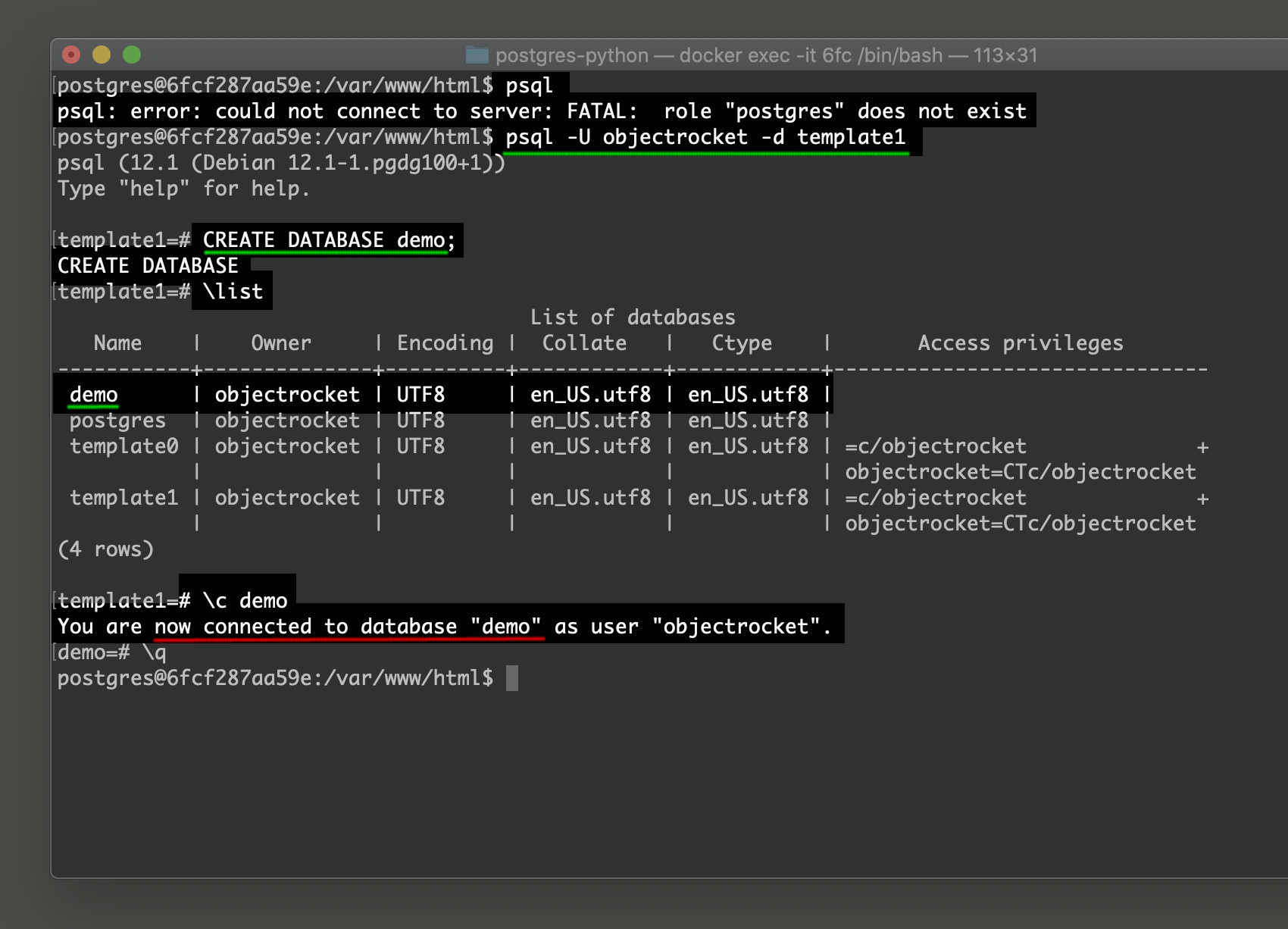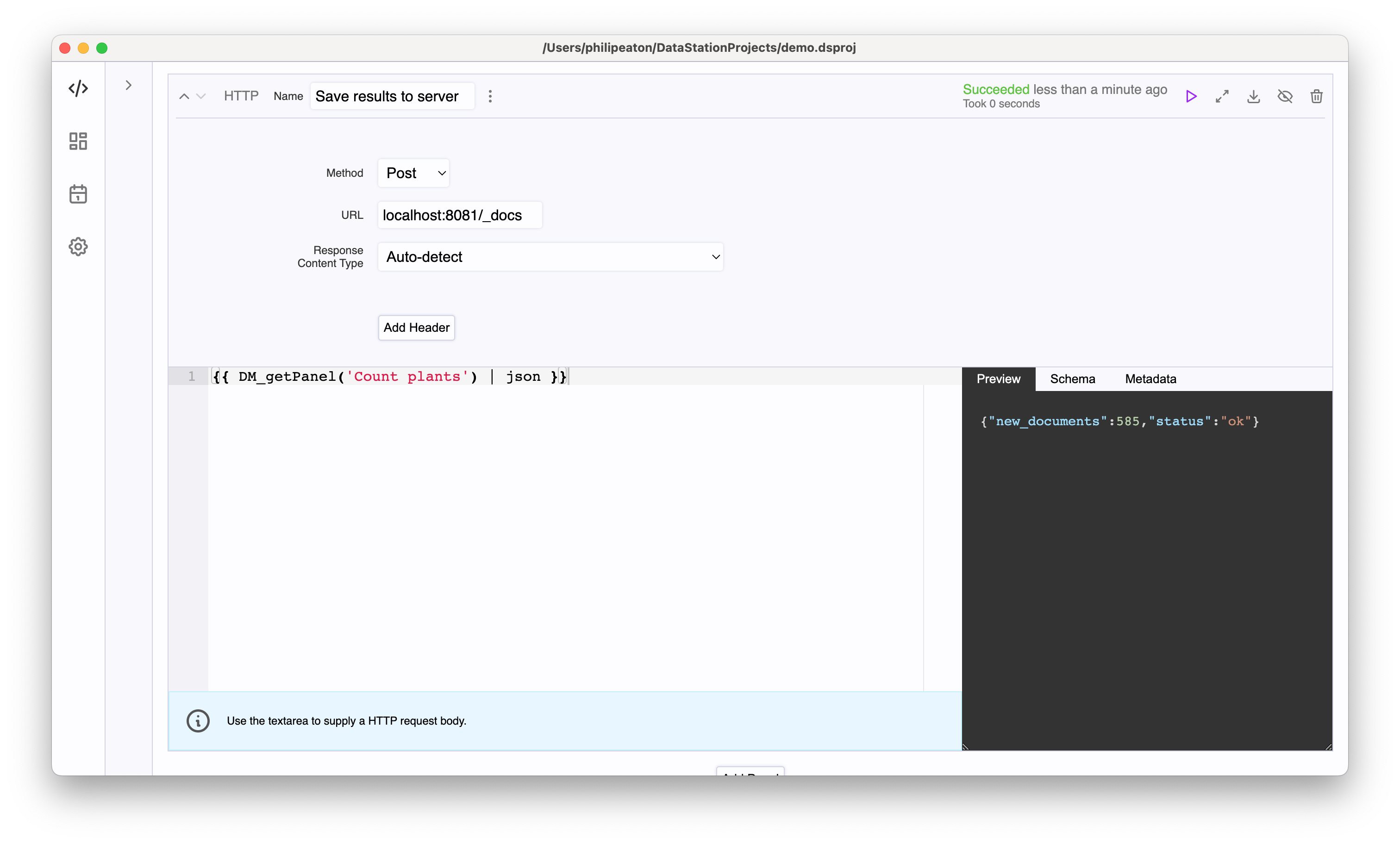
- Python read aws postgresql database how to#
- Python read aws postgresql database install#
- Python read aws postgresql database archive#
Connection port number (defaults to 5432 if not provided). Database server address (in our case, the database is hosted locally, but it could be an IP address). The basic connection parameters required are: conn = nnect(database = "datacamp_courses", This is done with the psycopg2 connect() function, which creates a new database session and returns a new connection instance.įor this tutorial, we will connect with a database called “datacamp_courses” that is hosted locally.

In order to use Python to interact with a PostgreSQL database, we need to make a connection. Now that you’re all set, let’s create your first connection to your PostgreSQL session with psycopg2! Connecting Python to PostgreSQL
Python read aws postgresql database install#
pip install psycopg2-binaryįinally, if you are using Python in a Conda environment, you should install psycopg2 using the Anaconda installation : conda install -c anaconda psycopg2 This is the preferred installation for new users. However, if you want to use psycopg2 straightforwardly, you could also install psycopg2-binary, a stand-alone version of the package, not requiring a compiler or external libraries. Once you have installed them (read the documentation for more information), you can install psycopg2 just like any other Python packages: pip install psycopg2 Psycopg2 requires a few prerequisites to work properly on your computer. In this case, we will use psycopg2, probably the most popular PostgreSQL database adapter for Python. In Python, you have several options that you can choose from. In other words, you will have to tell Python the database of your interest is a PostgreSQL database.
Python read aws postgresql database how to#
In order to connect to a database that is already created in your system or on the Internet, you will have to instruct Python how to detect it. If you want to know more about PostgreSQL, check out our Beginner's Guide to PostgreSQL and the good number of SQL courses.
Python read aws postgresql database archive#
On the PostgreSQL official site, you can find the many ready-to-use packages and installers of PostgreSQL and a source code archive available for different platforms and use cases.įor this tutorial, we will use Postgres App, a simple, native macOS app that includes all the features required to get started with PostgreSQL, but keep in mind that all other available packages are equally valid, and the PostgreSQL syntax to run queries is the same across packages. To start using PostgreSQL, you first have to install it on your computer first. PostgreSQL uses and extends the SQL language combined with many features that safely store and scale the most complicated data workloads.

Because of its proven architecture, reliability, data integrity, and smooth integration with other popular programming languages, such as Python and R, PostgreSQL is extremely well accepted by the industry, with companies of all sizes and regions using it. PostgreSQL is a lightweight, free, and open-source relational database. Ready for the challenge? Let’s get started! Understanding PostgreSQL To connect Python with PostgreSQL, we will use the psycopg2 package, the most popular PostgreSQL database adapter for Python.

The SQL-Python tandem is one of the must-have skills you should master through your data science journey. In this tutorial, we will focus on PostgreSQL-based databases and how you can create, connect to, and manage them using Python. SQL is the building block for some of the most popular relational databases on the market, such as PostgreSQL, Microsoft SQL Server, MySQL, and SQLite The standard way to create and manage databases is SQL (Structured Query Language). Relational databases store data as collections of predefined tables with rows and columns that are connected through one or more relationships.īeing able to wrangle and extract data from these databases is an essential skill within the data industry and is a skill in increasing demand. Despite the recent development of new types of databases (designed to address the increasing volume and variability of data), a considerable amount of data around the world is still stored in what are known as relational databases. Where is all this data stored? The answer is databases.Ī database is an organized collection of structured data, typically stored electronically in a computer system. From mobile apps and computer games to banking tools and autonomous vehicles, everything is based on data. Data is at the heart of nearly every digital application you can think of.


 0 kommentar(er)
0 kommentar(er)
